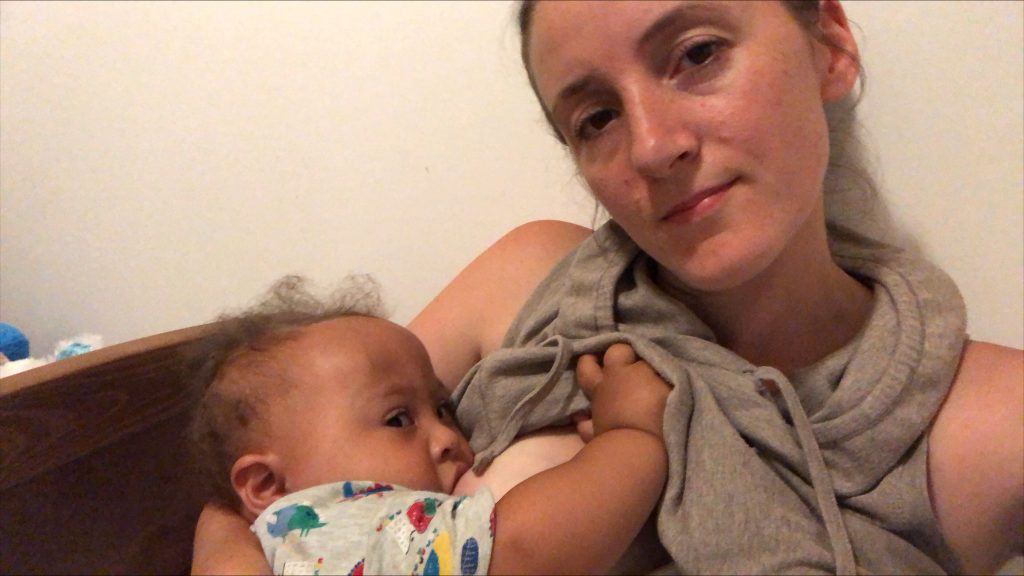It is World Down Syndrome Day on the 21st March, it is celebrated this day due to the significance of the 21/3 – three copies of chromosome 21, instead of two, which is the chromosomal arrangement of someone with Down syndrome.
Each year for World Down Syndrome Day there is a different theme. This years theme is ‘End The Stereotypes’.
For people with Down Syndrome, stereotypes can cause exclusion and cause them to be underestimated. This can begin at birth and continue on into adulthood. Once a stereotype is formed, it can be very difficult to change.
‘End The Stereotypes’
The theme of ‘End The Stereotype’ has so much significance when we talk about breastfeeding and babies with Down Syndrome. In our Positive About Down Syndrome 2022 Breastfeeding report we found that 40% of people were told that their baby may not be able to breastfeed solely based on the baby having Down syndrome. This is not correct, it is a stereotype. Many babies with Down syndrome go on to breastfeed with no extra help or support needed. As with all babies, sometimes extra help and support is needed whilst breastfeeding.
40% of people were told that their baby may not be able to breastfeed solely based on the baby having Down syndrome. This is not correct, it is a stereotype.
A better conversation for professionals to have would be that sometimes it may take a little longer to establish and here is how we can support you in that.
Two of the main challenges for babies with Down syndrome
Two of the main challenges that babies with Down syndrome may face are
- low muscle tone.
- sleepiness
Low muscle tone can vary from baby to baby and the effect it can have will vary also. It may make latching more difficult or make it harder to establish an efficient milk transfer. General low tone across the body can lead to the baby feeling less stable which can affect and cause fatigue. We can use supporting positions to help the baby. Sometimes this can be helped with adjustments to position and attachment and even the the use of cushion. There is also a position called the Dancer Hold where you support and stabilise the babies chin with your thumb and forefinger with your remaining fingers cupping the breast which helps with attachment.
Babies with Down syndrome are often quite sleepy when they are born. They may sleep in long stretches and require waking or they may have a very small wake window and fall asleep mid feed. They may not always show the same feeding cues that a typical baby may show. Some of the ways that you can help a sleepy baby and stripping off a layer of clothing so the baby isn’t as warm, gently tickling the baby’s feet, switching baby from side to side at the breast and doing some breast compressions during the feed.
‘Assume I can, so maybe I will’
There is a fantastic video that has been released for World Down Syndrome Day by CoorDown in partnership with other international Down Syndrome organisations, and it features the caption ‘Assume that I can, so maybe I will.’ I think this powerful phrase applies even to breastfeeding a baby with Down syndrome. Let’s assume the baby can breastfeed and give support as needed! You can watch the video here.
The PADs guide to breastfeeding a baby with Down syndrome can be found here.
